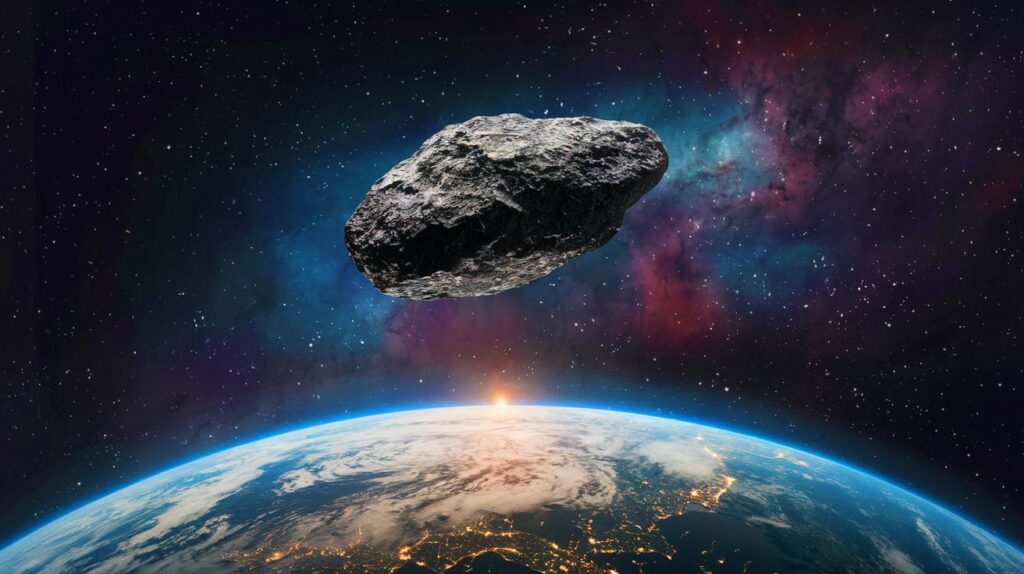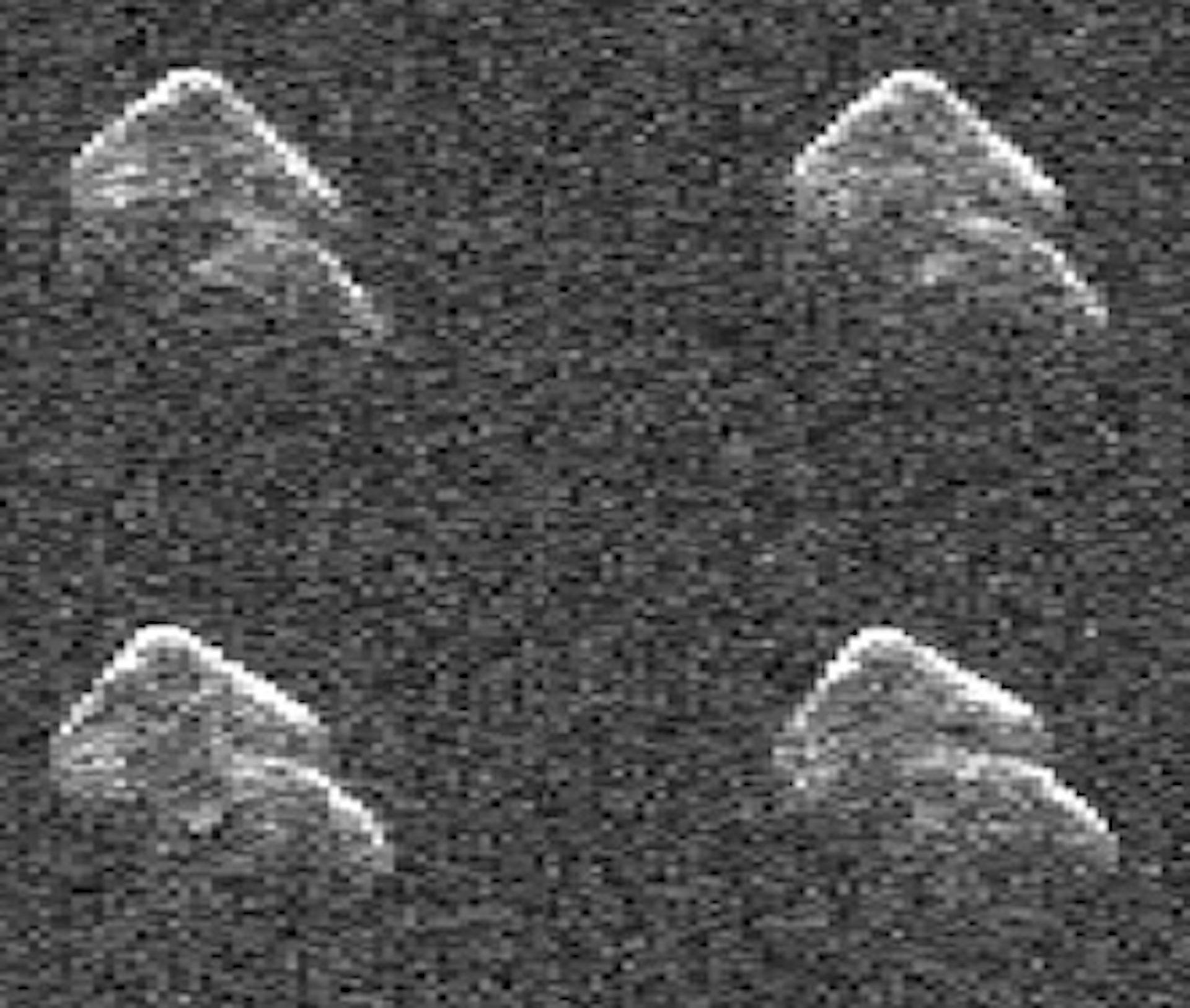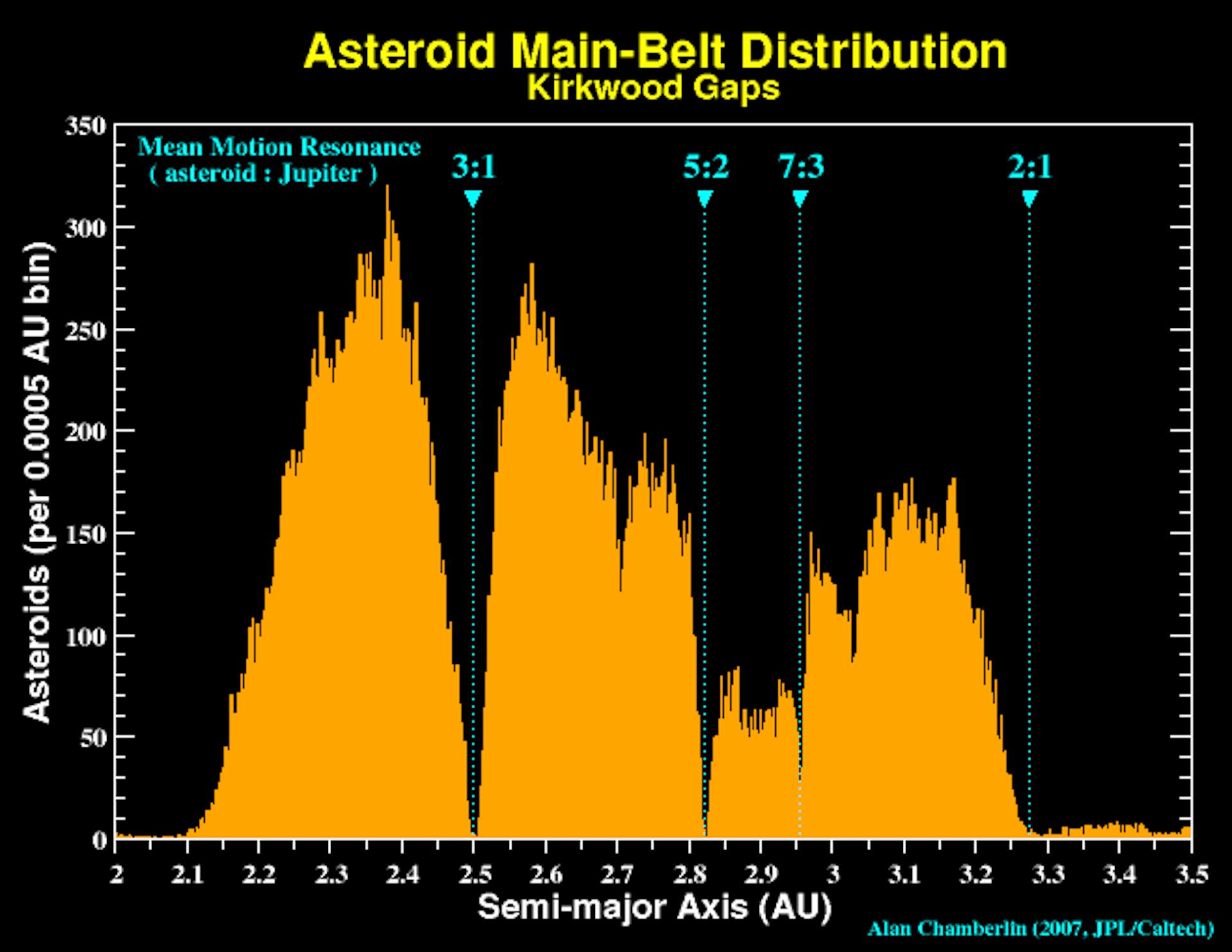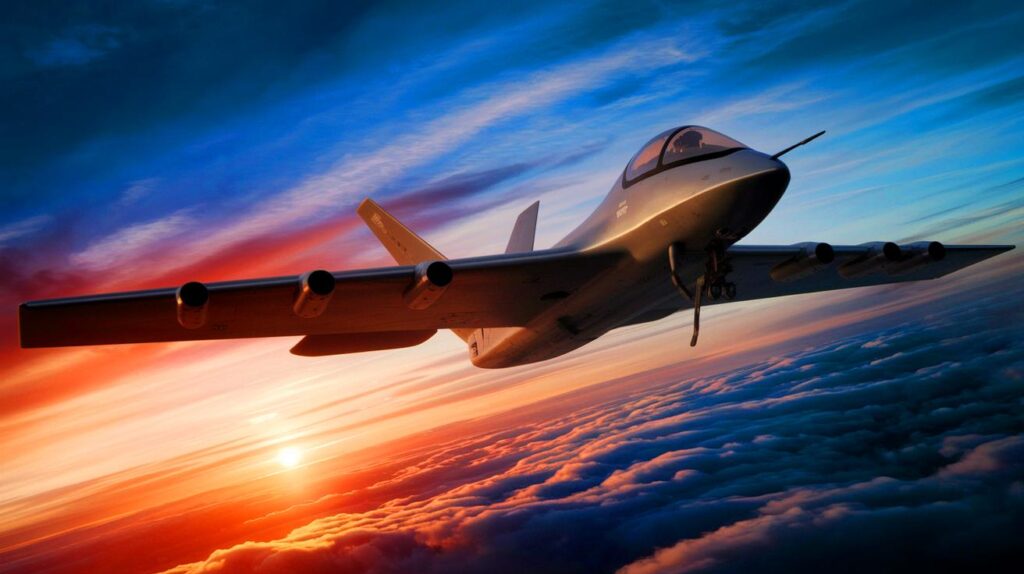| IN BRIEF |
|
Asteroids have always captivated humanity with their destructive potential and their mystery. In 2024, the asteroid 2024 YR4 garnered special attention due to its threatening trajectory. Discovered late, it prompted a series of intense observations to assess the risk it poses to our planet. Meanwhile, a much larger asteroid, 887 Alinda, passed almost unnoticed. These two celestial bodies illustrate the potential dangers posed by asteroids, whether they are small or massive.
The Orbits of Asteroids
The asteroids 887 Alinda and 2024 YR4 share an intriguing characteristic in their orbits around the sun. They complete three revolutions for every one of Jupiter’s revolutions, which lasts 12 years. Thus, these asteroids return to similar trajectories every four years, making them particularly dangerous. Discovered in 1918, Alinda has already made several close approaches to Earth. As for 2024 YR4, it has been closely monitored by NASA, despite its recent identification.
Complex Orbital Relationships were studied by American astronomer Daniel Kirkwood in the 19th century. The “Kirkwood gaps” reveal specific areas where asteroids are absent due to their interactions with Jupiter. These gaps may not be immediately visible but are fascinating to scientists. New technologies have allowed for a better understanding of these resonance phenomena since the 1970s, explaining why some asteroids leave the main belt to approach the inner planets.
Return of Threatening Asteroids
Asteroids located in the Kirkwood gaps, like Alinda, represent an increased risk of collision with Earth. These celestial bodies, subject to orbital resonance, return frequently, thus increasing their potential for impact. The probability of a collision depends on the inclination of their orbit in relation to Earth’s orbit. Unfortunately, Alinda and 2024 YR4 have low-inclination orbits, heightening the collision risk.
Asteroid 2024 YR4, although less threatening than Alinda, crosses Earth’s orbit. In 2032, it will pass close to our planet without impact, but it will be deviated from its current orbit, thereby reducing the frequency of its returns. Alinda continues to pose a long-term danger, with a potential impact in 1,000 years. However, these predictions come with significant uncertainties.
Other Asteroids to Watch
Earth, a small target in the vastness of the solar system, is regularly hit by asteroids. In 2013, a meteor exploded over Chelyabinsk, Russia, injuring many people. The surprise of this event underscores our vulnerability to undetected asteroids. In 1908, a similar explosion devastated a large forested area in Tunguska, Siberia, illustrating the devastating power of these celestial objects.
These incidents remind us that other asteroids might surprise us in the future. While we have identified many potentially dangerous objects, some continue to slip under our radar, necessitating constant vigilance and increased detection efforts.
Continuous Monitoring
Astronomers are intensifying their efforts to monitor the night sky from Earth. Initiatives such as the Near-Earth Object (NEO) Surveyor project, set to launch in 2027, bolster these efforts. Utilizing infrared techniques, NEO Surveyor promises to improve our capability to detect and track hazardous asteroids.
According to Amy Mainzer, project head, we currently know only 40% of asteroids capable of causing severe regional damage. The goal is to reach 90% through increased observations. Asteroids in resonance with Earth deserve particular attention, as they will inevitably return. The question remains: are we ready to face this cosmic threat?











